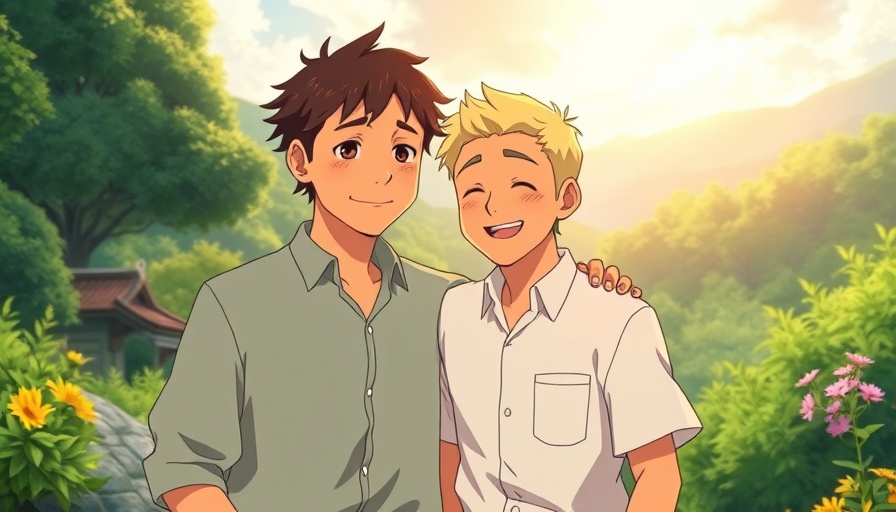
Unraveling the Appeal of Ghibli-Style Portraits in AI
The rise of AI-based image generators has sparked not just curiosity but a cultural phenomenon around creating art reminiscent of Studio Ghibli's enchanting animations. This interest intensified with major players like ChatGPT incorporating image generation features that let users explore their creativity. Comparing two popular platforms—ChatGPT and Grok—serves as an intriguing exploration into how well these AIs can capture the whimsical aesthetics of Ghibli films.
Feature Breakdown: ChatGPT vs. Grok
As of 2023, Grok, developed by Elon Musk’s xAI, introduced its image generation capacity to rival ChatGPT. While both tools can produce Ghibli-style images, there are distinct differences in their capabilities. Grok excels in capturing broader contexts, but it falters in intricate details, leading to a somewhat simplistic representation. In contrast, ChatGPT's latest version, GPT-4o, manages reasonable transformations of real-life images into the fanciful realm of Studio Ghibli, despite limiting free users to only three images per day—restrictive for avid creators.
Understanding the Ghibli Essence
Studio Ghibli, founded by cinematic legends like Hayao Miyazaki and Isao Takahata, is celebrated for its storytelling that resonates deeply with audiences, layering emotional depth with stunning visual details. Movies like "Spirited Away" and "My Neighbor Totoro" showcase lush landscapes and rich, human-centered narratives that are often mirrored in Ghibli-style AI portraits. Thus, any AI claiming to capture this essence must navigate complex artistic elements and emotive storytelling.
Current Trends in AI Image Generation
The accessible nature of AI image generation signals a transformative shift in art production, democratizing creativity in ways once thought impossible. Platforms like ChatGPT and Grok not only engage hobbyists but also open up new opportunities for artists and designers to experiment with styles and concepts at a rapid pace. With the technical advancements in AI, users can create personalized art that aligns closely with their visions, a trend that may reshape how art is consumed and created.
Future Predictions: The Evolution of AI Artistry
Looking ahead, the landscape of AI-generated art will likely continue to evolve dramatically. As both OpenAI and xAI enhance their platforms' abilities, we can expect significant improvements in fidelity, complexity, and user engagement. ChatGPT could potentially integrate more robust features for free users, while Grok might innovate to address its detail limitations. These innovations will likely inspire a wave of unique artistic expressions across social media and creative communities, enriching the culture of digital art.
Exploring Community and Creative Expressions
The collective excitement surrounding AI art generation reflects deeper societal trends—namely, a blending of technology and creativity that invites everyone to explore artistry in new ways. Online communities are already forming around showcasing AI-generated works, sharing techniques, and providing feedback. This shift is not just about technology; it's about fostering connections between people who share a passion for both traditional art and innovation.
Concluding Thoughts: Embracing the New Era of AI Art
As users gravitate toward tools that facilitate the creation of art infused with the spirit of Studio Ghibli, both ChatGPT and Grok present unique advantages and disadvantages. The choices are now in the hands of everyday users and professional artists alike. Whichever platform you choose, the artistic freedom afforded by these technologies is an exhilarating window into the future of creativity.
 Add Row
Add Row  Add
Add 




 Add Row
Add Row  Add
Add 

Write A Comment